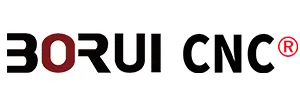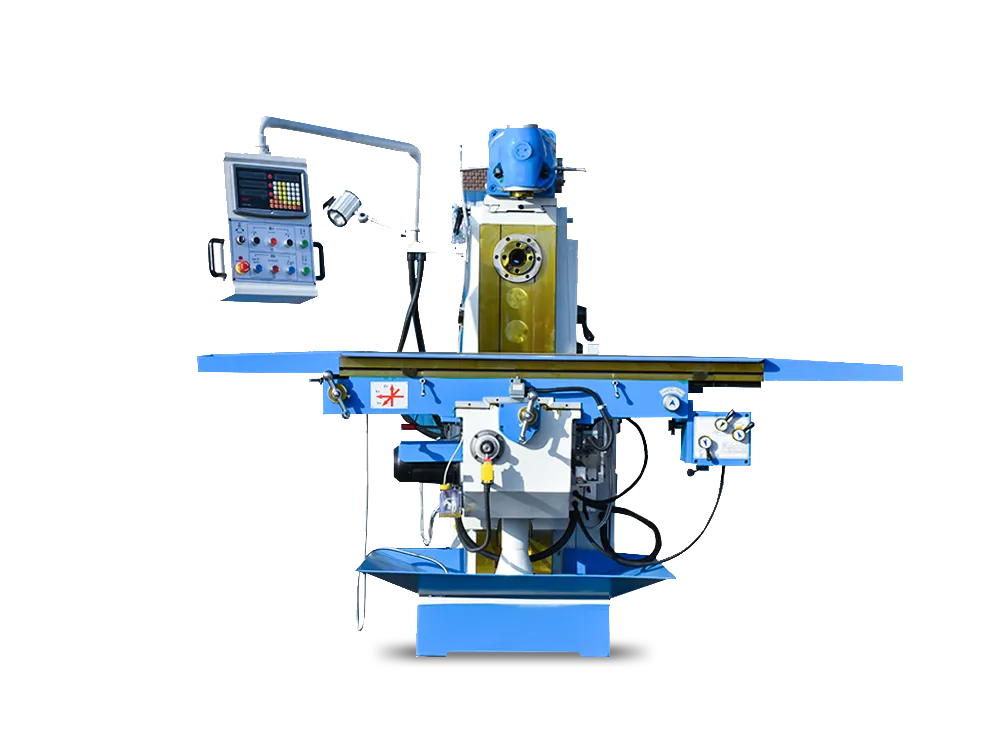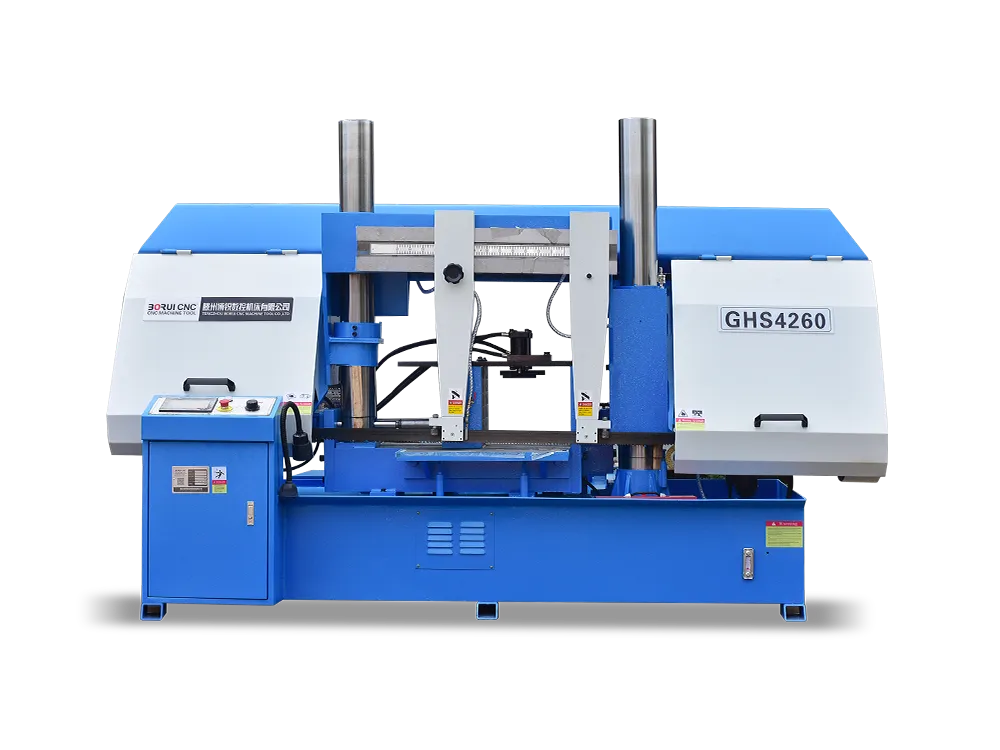
Milling is an integral part of metalwork. It has been used for decades to manufacture different parts. However, its precision was never at its best in the past. However, CNC milling evolution has brought 100% precision and accuracy. Don’t you know what CNC milling is?
It is a manufacturing process that consists of a computerized system. The software operates the milling machine and achieves ideal precision and accuracy. A set of instructions in the form of programs is fed to the machine. The cutter of the machine cuts and shapes the material based on instructions.
Multiple steps are involved in this process. CNC milling is a modern type that offers quick turnaround. This guide will explain the basics and workings of these CNC-based milling machines. So, let’s dive into it.
What is CNC milling?
Milling is removing a part from a material to make a different shape. Machines used for this purpose are called milling machines. Old and classic machines had no computerized system, so they lacked accuracy and precision.
The modern machine utilizes computer-based software for its functionality. Such machines are known as CNC milling machines. CNC itself is an abbreviation of “Computer Numerical Control.” The programmed instructions are fed to the machine. As a result, the machine follows the instructions and cuts the workpiece.
The programmed instructions are usually in the form of M and G codes. Both vary from each other and have different functions. The machine holds the workpiece steady. The rotary cutters move and cut the material according to the programmed instructions.
As the computerized software controls the machine, the manufacturers get 100% precision. The first ever CNC machine was invented in 1952. Since then, we have seen advancement in CNC. Now, machines with top-notch versatility are available. For simple tasks, three axes motion CNC machines are used.
Machines with five or even seven axes of motion are used for more complex work. The cutting tools move in those axes according to the software’s instructions. Due to such movement, CNC machines can make intricate designs and shapes in the parts. That is why they are popular and most used.
How Do CNC Milling Machines Work?
As we all know, CNC machines mainly hold the workpiece, and rotary cutters cut it. However, the actual workings of these machines are more complex. Their mechanism involves multiple steps. The section below will discuss the steps that make CNC machines so precise.
Step 1: Creation of CAD model
First, engineers create 2D CAD (Computer-Assisted Design) models. Different software is available to help make such models. Autodesk Fusion 360 is the most famous and reliable. This design is made according to the required shape of the part.
The process of making this model is key. Small mistakes will cost time and money. You’ll get the wrong shape if the CAD model is imperfect. Established companies hire specialist CAD model designers. They help them create the model of the part they want from the machine.
Step 2: Making instructions using CAM
Once the CAD model is ready, it undergoes CAM software. This CAM (computer-aided manufacturing) creates instructions from the model provided. These instructions are 100% accurate and meet the shape and design of the models.
The instructions created by CAM give different commands to the machine to get the required shape or design of the part. Those instructions provide the following information:
- Which speed machine should work?
- Which type of cutting tools should be used?
- Which axes and direction should a cutting tool move?
The functionality of CAM is vital. These instructions are then fed into the machine’s computer. The cutting tools and other components act in harmony. They fulfill the task by following the provided information.
Step 3: CNC milling Machine setup
The machine operator feeds the pre-programmed instructions to the CNC milling machine. Remember that this machine consists of a computer. The workpiece is adjusted on the machine bed. The operator also checks the dimensions of the material under work. It is important to ensure that the workpiece is of the proper size.
If the workpiece size is incorrect, the cutter won’t be able to cut according to the software’s commands. The placement of the workpiece is also critical. It must be under the rotary cutting tools. All these small things are checked during machine setup.
Step 4: Execution of program through machine
Once the machine setup is done, it is time to start the actual process of cutting. The operator runs the program. The cutter moves and cuts the workpiece precisely. This is the final step; you get a 100% precise part.
The machine matches the shape and design of the model that you made in the first step. The computer software controls the whole process. However, the machine operator is still needed to execute the programs. However, manual milling machines require many workers compared to CNC milling.
Quick info: The CNC milling machine works on different materials. These include glass, wood, metal, and more. The machine’s precision won’t vary, no matter what material you use as a workpiece. That’s why CNC milling is considered more reliable than other types of milling.
Components of CNC Milling Machine
These machines are not simple. Multiple components work together. Any malfunction in one part will affect the working of the whole machine. Therefore, understanding those components is vital. Here is the list of components of CNC milling machines:
- Spindle: Used to rotate cutting tools
- Tool Holder: Hold the cutting tool in place
- Worktable: Holds the workpiece in place
- Coolant Tank: Stores coolant for cooling the cutting tool
- Machine Bed: Holds the components of a machine
- Drive Components: Turns motors; helps move parts accurately
All these parts are equally important. However, the worktable and the cutting tools are integral parts of milling. The workpiece stays still on the table. The cutting tools rotate and cut it as commanded by the software.
Types of CNC Milling Machines
There are different types of CNC milling machines. Each of those varies in terms of performance, speed, and pricing. Established businesses prefer using high-end milling machines. The reason is that they provide better performance without requiring any regular maintenance.
Smaller manufacturers consider budget to be a factor in decision-making. So, they choose machines that work well and do not cost too much. The section below will explore different types of CNC milling machines. So, let’s drill down!
1 – Vertical CNC Milling Machine
These CNC machines have got spindles vertically oriented. So, the cutters do move up and down with ease.
Different vertical CNC machines are available and vary in their axes of motion. Basic and beginner-friendly vertical milling machines move in the X, Y, and Z axes.
However, some modern, high-vertical CNC milling machines can move in 5 axes. They are more compact than other types of CNC milling machines.
The reason is that their spindle is vertically attached. So it does not occupy any space. These machines use computerized systems, so there is no issue with their precision.
2 – Horizontal CNC Milling Machine
These CNC milling machines are opposite to vertical milling machines. They have a spindle that’s oriented horizontally.
The workpiece remains steady on the bed. These horizontal CNC machines are generally used for manufacturing complex shapes.
Their ability to work with heavy materials makes these machines stand out. As mentioned above, the spindles of these machines are sideways. So, they take up more space.
This is one of the reasons they are considered suitable for bigger manufacturers. However, they are more rigid than vertical CNC milling machines. Check out the ultimate comparison between the two machines.
3 – Turret CNC Milling Machine
These machines are unique and different from other types. The reason is that their cutting tools do not move for cutting.
Instead, the worktable, having a workpiece, moves to the steady tools. Their compatibility with different kinds of material makes them popular.
They can work on any material. For example, metals, plastics, and composites. Moreover, their usage is common in the production of different smaller tools.
These include drills, broaches, taps, and so on. They cost less than horizontal CNC milling machines.
4 – CNC Bed Milling Machines
As their name suggests, they have a large bed that holds the workpiece. The cutter moves around the material to shape it according to instructions.
You might wonder how the spindle is oriented. These machines are versatile in terms of spindle orientation.
Some CNC bed machines come with horizontal spindles. They are typically more expensive. Some of these machines also come with vertical spindles.
But, manufacturers usually like machines that come with horizontal spindle orientation.
As they occupy more space, they offer stability during the cutting process. Their work and precision are excellent. This is due to their reliance on CNC.
Many industries, including aerospace and automobile, use these machines.
Advantages & Disadvantages of CNC Milling Machines
CNC milling machines offer a lot of perks. The manufacturer prefers using them because of their quick turnaround.
However, everything made on this earth has both pros and cons.
The same goes for these CNC milling machines. The section below will explore some of the good and bad of these computer-based milling machines.
Advantages
- Precision & Accuracy: CNC-based milling machines follow the computer’s instructions. So, they achieve an ideal precision of 100%. Their output is exactly similar to the perfect CAD models made by the engineers. The chances of errors are negligible in these machines.
- Quick Turnaround: For bigger businesses, meeting deadlines is important. So, they utilize the CNC machines to make parts in minutes. The manual machines take a lot of time. On the contrary, once the model is ready, the CNC machine creates the parts quickly. Thus, it helps the large-scale business to meet deadlines effectively.
- No Extensive Labour: Unlike manual milling, CNC milling machines do not require a lot of workers. Instead, few people are more than enough to operate these machines. In this way, it saves manufacturers from hiring too many laborers.
- Automation: As said earlier, CNC milling machines are based on computerized systems. The software program controls their work. More automation is needed to enhance the efficiency of these machines. No matter how complex the parts you need to make, these machines can easily meet your expectations.
- Increased Safety: The manual milling machines are operated by laborers. So, the chances of labor injuries are also high. However, this is not the case with CNC machines. It is due to the involvement of a computerized system. The operator stays away and controls the machine by computer. It saves the workers from going close to the machine when it is working.
Disadvantages
- Initial Setup Cost: CNC milling machines are expensive. Small businesses have to make serious investments in their setup. Their maintenance also adds expense. Keep in mind that these machines use complex systems. So, repairing them is also a complex process and needs specialized mechanics.
- Skill Requirement: CNC milling machines are complex, and their work is not straightforward. Therefore, they require operators with expertise and the proper skillset. Someone with no prior knowledge will fail to run these machines. It is recommended that operators have experience with CNC machines.
Despite drawbacks, CNC milling machines are well accepted by manufacturers.
Thanks to their precision, flexibility, and versatility. Their initial cost can be a curtain for new manufacturers.
However, these machines are beneficial in the long run.
FAQs
Q1: What does CNC stand for?
CNC stands for “Computer Numerical Control”. It is used with milling machines that are controlled by programmed software. Check out the ultimate guide to CNC machines.
Q2: What is a CNC milling machine used for?
These machines are used for cutting and shaping material. Manufacturers use them to produce parts for different vehicles. They offer precise design and shape in the manufacturing process. All thanks to their integration with automated systems.
Q3: Are CNC milling machines worth it?
These machines are worth it due to their precision and quick turnaround. Its usage has evolved in many industries, including automobiles and aerospace. The task that used to be done in days is now completed within minutes. All thanks to these CNC milling machines.
Q4: What’s the Difference Between CNC Milling and CNC Turning?
CNC milling and turning differ in terms of their working. In milling, the workpiece remains steady while the cutting tools move. In CNC turning, the workpiece rotates instead of cutting tools. This rotation of the workpiece allows the cutter to shape the material.
Q5: 3-axis vs 5-axis CNC Lathe Machines: How are they different?
In a 3-axis lathe machine, the cutting tool moves in three axes (X, Y, and Z). However, in a 5-axis machine, the tool moves in five axes. It gives the cutting tool more freedom and independence to cut the material more effectively. See more differences.
Conclusion
Undoubtedly, CNC milling machines have evolved the manufacturing process. Many industries now utilize these machines to achieve better precision in less time. It won’t be wrong to say that their usability and adaptability are becoming increasingly famous.
There are a few drawbacks, but they are usually ignored. In this guide, we have explored everything related to the CNC machine and how it works. Whether you should use a CNC or manual milling machine is more clear to you. Analyze the pros and cons of both and make wise decisions.




